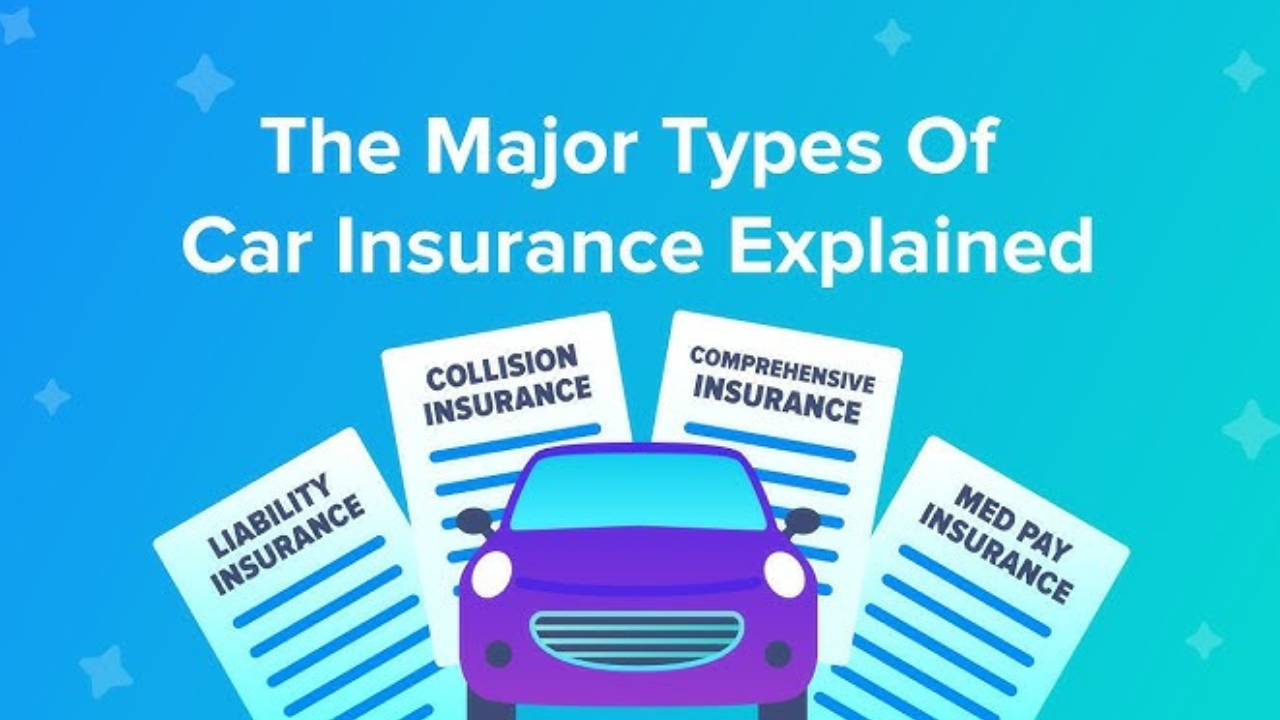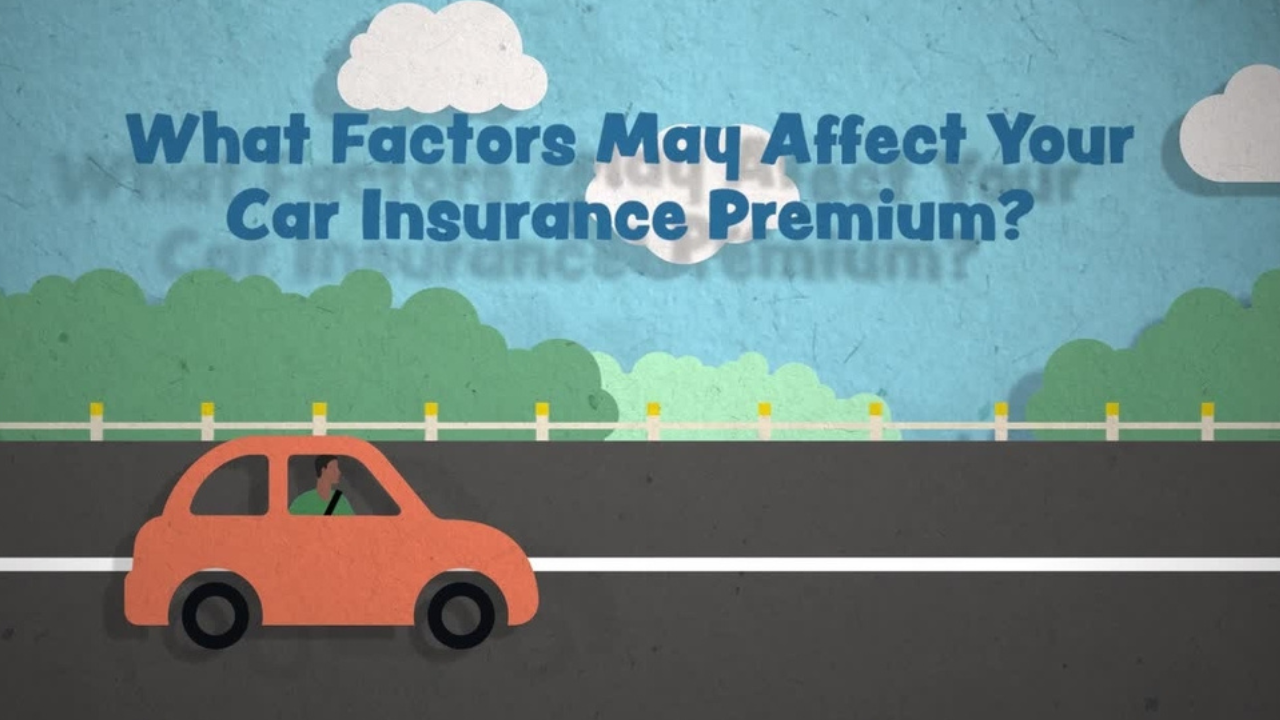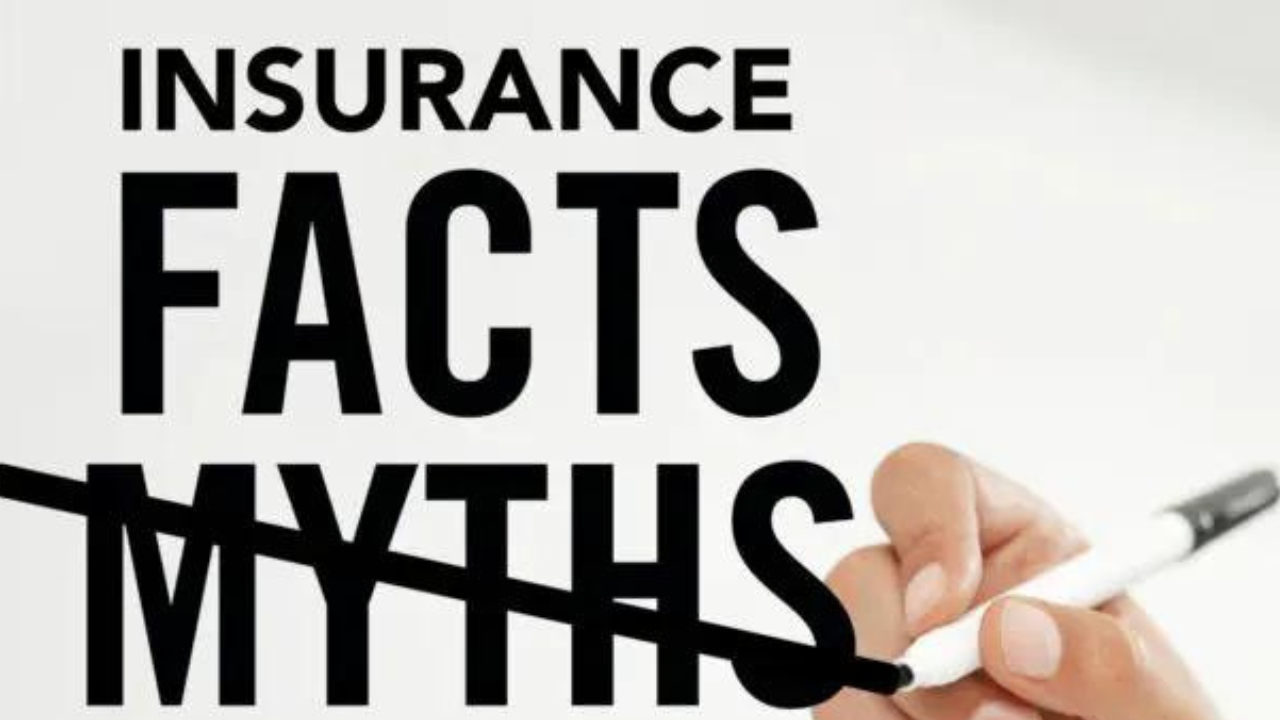Car insurance is a contractual agreement between the vehicle owner and an insurance company, where the latter agrees to compensate for financial losses resulting from accidents, theft, or other unforeseen events involving the insured vehicle. This financial cushion is not only pivotal for safeguarding personal finances but is also mandated by law in most jurisdictions.
The importance of car insurance cannot be understated. It operates as a safety net, providing monetary support that helps cover the hefty costs associated with vehicle repairs, medical expenses for injuries, and even legal fees that might arise from accidents. In the absence of car insurance, individuals would bear these costs out-of-pocket, which can be financially devastating.
Typically, car insurance works through a policy premium—a recurring payment made by the policyholder. In return, the insurance company takes on the liability of reimbursing specific types of losses as outlined in the policy. There are different types of car insurance coverage, including liability, collision, comprehensive, and uninsured/underinsured motorist coverage. Each type serves to cover different aspects of potential losses, allowing the insured to customize their policy according to their needs and legal requirements.
The origins of car insurance date back to the early 20th century, coinciding with the rise of automobiles. The first recorded car insurance policy was issued in 1897 in Dayton, Ohio. As motor vehicles became more prevalent, so did the need for a systematic way to handle the risks associated with their use. Over the years, car insurance has evolved, adapting to new technologies and changing legal landscapes. Today, it is a sophisticated industry with numerous providers and products designed to meet diverse needs.
The mandatory nature of car insurance across most regions underscores its critical role not only in individual financial security but also in the broader economic system. By ensuring that all drivers possess a minimum level of insurance, regulatory bodies aim to create a safer and more accountable driving environment. This legal requirement helps to distribute risk and ensure that victims of accidents have a means to recover their losses, promoting overall societal welfare.“`html
Types of Car Insurance Coverage

Understanding the various types of car insurance coverage is essential for making informed decisions that best suit your needs. Each type offers specific protections and is designed to cater to different circumstances. Here are the primary types of car insurance coverage you should consider:
Liability Insurance: Liability insurance is often required by law in most states. It covers damages to other vehicles and property, as well as medical costs for injuries, you may cause in an accident. This type of coverage is crucial for those seeking to avoid financial ruin due to lawsuits or large expenses resulting from an at-fault accident.
Comprehensive Insurance: Comprehensive coverage goes beyond accidents to protect you against non-collision-related incidents. This includes theft, vandalism, natural disasters, and fire. Comprehensive insurance is ideal for those looking to safeguard their vehicle against a wide array of potential risks that go beyond just driving.
Collision Insurance: Collision coverage is designed to cover the costs of repairing or replacing your vehicle after an accident, regardless of who is at fault. This type of insurance is particularly valuable for owners of newer or higher-value cars who want to ensure their investment is protected in the event of a collision.
Personal Injury Protection (PIP): PIP is a crucial addition in no-fault insurance states. It covers medical expenses, lost wages, and even funeral costs for you and your passengers, regardless of who caused the accident. Those who prioritize comprehensive coverage for their health and well-being often find PIP invaluable.
Uninsured/Underinsured Motorist Coverage: This type of coverage protects you if you’re involved in an accident with a driver who either doesn’t have insurance or whose insurance is insufficient to cover the damages. This is essential for anyone who wants to mitigate the risk posed by the significant number of uninsured or underinsured drivers on the road.
Other types of coverage you might consider include gap insurance, which covers the difference between your car’s value and what you owe on it, and roadside assistance, which provides help in case of a breakdown.
Evaluating your personal needs and circumstances carefully will help you select the car insurance coverage that offers the right protection for you and your vehicle.“`
How to Choose the Right Car Insurance Plan

Choosing the right car insurance plan is a critical decision that requires a thorough understanding of various factors tailored to your unique circumstances. To start, consider your personal needs, such as whether you mostly drive in urban areas or undertake long-distance travel regularly. Your driving habits greatly influence the type of coverage that’s best for you. For instance, frequent drivers may benefit from comprehensive insurance that covers a wide range of potential incidents, from accidents to theft and weather-related damage.
Another essential factor to consider is your budget. It’s important to strike a balance between the level of coverage you desire and what you can afford. While minimal coverage policies might tempt those looking to save money, inadequate coverage can lead to higher out-of-pocket expenses in the event of an accident. Conversely, over-insuring might strain your finances unnecessarily, especially if your vehicle is older or has a lower market value. Evaluating how much you’re willing to pay for peace of mind is key.
The type and age of your vehicle also play a significant role in choosing the right car insurance plan. Newer, more valuable cars generally necessitate comprehensive policies that protect against a broad array of risks. In contrast, older vehicles might only require third-party liability coverage or a plan with a higher deductible to reduce premium costs. It is crucial to assess your vehicle’s current worth and condition to make an informed decision about the necessary level of insurance.
When it comes to comparing policies, be diligent in reading the fine print and understanding the terms and conditions. Evaluate the coverage options meticulously—consider aspects like collision coverage, uninsured motorist protection, and personal injury protection. Use online comparison tools and seek advice from insurance agents to gain clearer insights and make side-by-side comparisons of different plans.
Lastly, be mindful of additional benefits or discounts offered by insurers. Bundling your car insurance with other policies, maintaining a safe driving record, or installing safety features in your vehicle could qualify you for substantial discounts, thereby optimizing your coverage while managing costs effectively.
Factors That Affect Car Insurance Rates

Car insurance rates are influenced by a myriad of factors. One of the primary determinants is the driving history of the policyholder. Drivers with a clean record typically pay lower premiums than those with accidents or violations on their records.
Age and gender also play significant roles. Statistically, younger drivers, particularly those under 25, tend to face higher rates due to their perceived lack of experience and higher risk of accidents. Additionally, young male drivers often pay more than their female counterparts.
Location is another critical factor. Urban areas, with their higher traffic volumes and incidence of accidents and theft, generally result in higher insurance premiums compared to rural areas. Conversely, living in a location with low crime rates and minimal traffic can result in lower costs.
The credit score of the driver is increasingly considered by insurers, as it can be an indicator of the policyholder’s financial responsibility. Those with higher credit scores often benefit from lower rates.
The type and usage of the vehicle are also evaluated. High-performance or luxury cars can cost more to insure due to their higher repair costs and theft attractiveness. Similarly, vehicles that are driven frequently and for long distances are subjected to increased wear and tear, leading to higher premiums.
To potentially lower their car insurance premiums, drivers can explore several strategies. Maintaining a clean driving record, improving their credit score, and opting for vehicles with good safety features are prudent approaches. Additionally, utilizing insurance discounts, such as bundling auto and home policies or participating in defensive driving courses, can further reduce costs.
Understanding these factors allows drivers to take proactive steps in managing their car insurance rates effectively. Knowledge of the elements that influence premiums can empower them to make informed decisions and leverage opportunities for cost savings.
The Process of Filing a Car Insurance Claim

Understanding the process of filing a car insurance claim is essential to ensure a smooth experience if an accident or incident occurs. The first critical step is to gather all necessary information at the scene. This includes noting down details such as the time and location of the event, the contact information of all parties involved, and any witness accounts. Photographs of the damages and the scene can serve as valuable evidence and expedite the claims process.
Once you have collected the requisite information, promptly report the incident to your insurance company. Most insurers provide multiple channels for reporting, including phone, online portals, and mobile applications. When you contact the insurer, be prepared to provide accurate details about the incident. This will include your policy number, a description of the event, and any supporting documentation you have gathered. Quick and accurate reporting can significantly influence the efficiency of the claim handling.
Upon filing your claim, the insurance company will assign a claims adjuster to your case. The adjuster’s role is to investigate the details of the incident, assess the damages, and make a determination about the claim. During this time, you may be asked to provide additional information or documentation. Cooperation with the adjuster and timely submission of requested materials can help mitigate delays. Understanding your policy’s terms, including deductibles and coverage limits, can also provide clarity on what expenses will be covered.
Throughout the process, maintaining clear and open communication with your insurance company is key. Regularly follow up on the status of your claim to stay informed about its progress. Keeping records of all interactions, including emails and phone calls, can be helpful if discrepancies or issues arise.
To ensure a smooth claims process, consider these tips: always keep your insurance information easily accessible, report incidents promptly, provide thorough and accurate information, and stay informed about your coverage. These proactive steps can facilitate a stress-free experience during an otherwise challenging time.
Common Car Insurance Myths Debunked

When it comes to car insurance, there are numerous myths and misconceptions that can mislead consumers. One prevalent myth is that ‘red cars cost more to insure.’ Contrary to popular belief, the color of your car has no bearing on your insurance premiums. Insurance companies base their rates on factors like the car’s make, model, age, safety features, and the driver’s history, rather than on the car’s color. Therefore, owning a red car won’t necessarily increase your insurance costs.
Another widespread misconception is that ‘older drivers always pay more for car insurance.’ While it is true that young, inexperienced drivers generally face higher premiums, older drivers do not automatically pay more. In fact, many insurance companies offer discounts to senior drivers who have a clean driving record. Statistics show that older, experienced drivers are often more cautious and have fewer accidents, which can lead to lower premiums in many cases.
The belief that ‘comprehensive coverage covers everything’ is also misleading. Comprehensive coverage is designed to protect your vehicle from non-collision-related incidents such as theft, vandalism, and natural disasters. However, it does not cover every possible scenario. For instance, it does not include damages resulting from a collision, which would typically be covered by collision insurance. Understanding the limitations of comprehensive coverage is essential for making informed decisions about your insurance needs.
It is important to rely on reputable sources and expert opinions when navigating car insurance options. Debunking these common myths helps consumers make better-informed decisions and avoid unnecessary expenses. By clarifying the true factors that influence insurance costs and the scope of different coverage types, drivers can select the most appropriate insurance policies tailored to their specific needs.
How to Switch Car Insurance Providers

Switching car insurance providers is a decision many drivers consider for various reasons, ranging from seeking better rates to desiring more comprehensive coverage. Understanding the process and planning the switch meticulously can save time, money, and stress.
Firstly, determine the primary reasons for switching your car insurance. It could be due to an unsatisfactory customer service experience, better coverage options elsewhere, or more competitive premiums. Identifying your main motivation for switching is essential before proceeding.
The timing of your switch is critical. It is advisable to align the switch close to the end of your current policy’s term to avoid potential penalties for early cancellation. However, ensure you have lined up your new policy to commence immediately after the old one ends to prevent any gaps in coverage. Any lapse, even for a day, can expose you to significant financial risks and potential legal issues.
Once you decide to switch car insurance providers, start by obtaining quotes from multiple providers. Compare these quotes not just on price but also on the breadth of coverage and any extra benefits offered. Make sure to scrutinize the terms and conditions of each policy to ensure it meets your needs comprehensively.
After selecting the new provider, the next step is to initiate the cancellation of your current policy. Contact your existing insurer to inform them of your intention to cancel. You will likely need to provide a written request or fill out specific forms. Confirm any potential fees or refunds associated with the early termination of your policy. Remember, it is crucial to coordinate the timing so that your new policy is activated exactly when the old one terminates.
Lastly, ensure all relevant documents are in order. Keep copies of the cancellation confirmation from your old insurer as well as the new policy documents. Notify your state’s Department of Motor Vehicles (DMV) if required, and update your information with your lienholder if you still owe money on your vehicle.
Following these steps diligently will facilitate a smooth and hassle-free switch, ensuring your vehicle remains continuously protected with optimized coverage.
Future Trends in Car Insurance

The landscape of car insurance is undergoing significant transformations, driven largely by technological advancements and shifting vehicular paradigms. One of the most salient trends is the integration of telematics into insurance policies. Telematics technology, which involves the use of GPS and onboard diagnostics to monitor driving behavior, is fostering the growth of usage-based insurance (UBI). UBI allows insurers to offer customized premiums based on actual driving patterns, rewarding safe drivers with lower rates. This data-driven approach not only enhances fairness in premium calculation but also encourages safer driving practices.
Another pivotal trend is the increasing prevalence of electric and autonomous vehicles (EVs and AVs). The rise of EVs introduces new considerations for insurers, such as specialized coverage for battery degradation and charging infrastructure. Autonomous vehicles, on the other hand, necessitate a rethinking of liability frameworks since accidents involving AVs shift responsibility from driver to technology. Insurers are now collaborating with automakers to develop new policies that address these unique risks associated with high-tech vehicles.
Climate change and global events are also exerting pressure on the car insurance industry to adapt. Extreme weather conditions, such as hurricanes, floods, and wildfires, are becoming more frequent, leading to higher claims and increased premiums. Insurers are investing in predictive analytics to better assess and mitigate climate-related risks. Additionally, the COVID-19 pandemic has highlighted the need for flexible insurance policies that can accommodate fluctuating driving patterns due to remote work or lockdowns.
To navigate these evolving trends, drivers can take proactive steps. Staying informed about emerging technologies and opting for insurance plans that incorporate these innovations is crucial. Embracing telematics-based policies can lead to significant savings for safe drivers. Similarly, understanding the implications of owning an EV or AV can help in choosing the right coverage. Remaining adaptable and aware of environmental factors will enable drivers to make informed decisions, ensuring their car insurance remains effective and economical in this dynamic landscape.
Conclusion
Car insurance is more than just a legal requirement—it’s a crucial safeguard that protects you, your passengers, and your vehicle from unexpected financial burdens. Whether it’s covering the costs of repairs, medical expenses, or liability claims, having the right insurance provides peace of mind on the road. By understanding your coverage options and selecting a policy that fits your needs, you ensure that you’re prepared for the uncertainties of driving. In a world where accidents and mishaps can happen at any time, car insurance stands as a vital tool for protecting your financial well-being and ensuring that you’re never left vulnerable.






